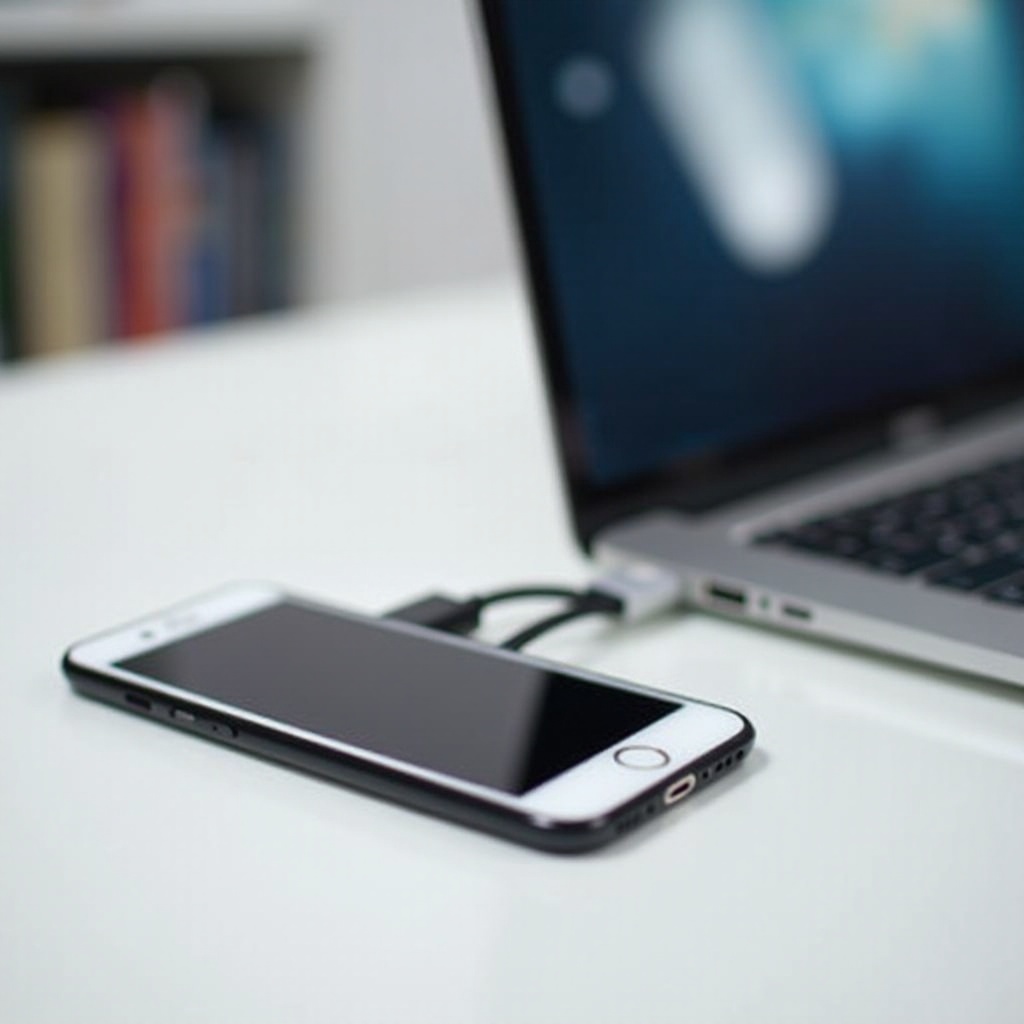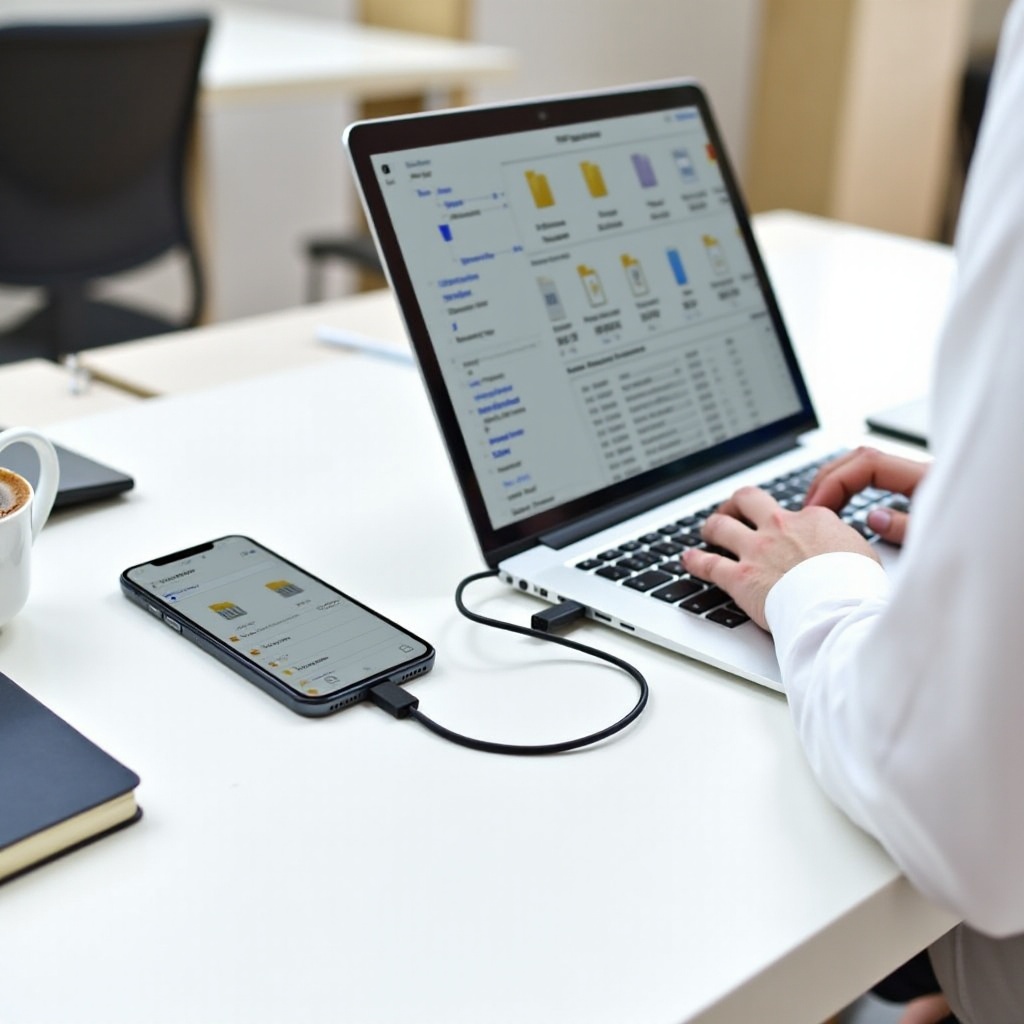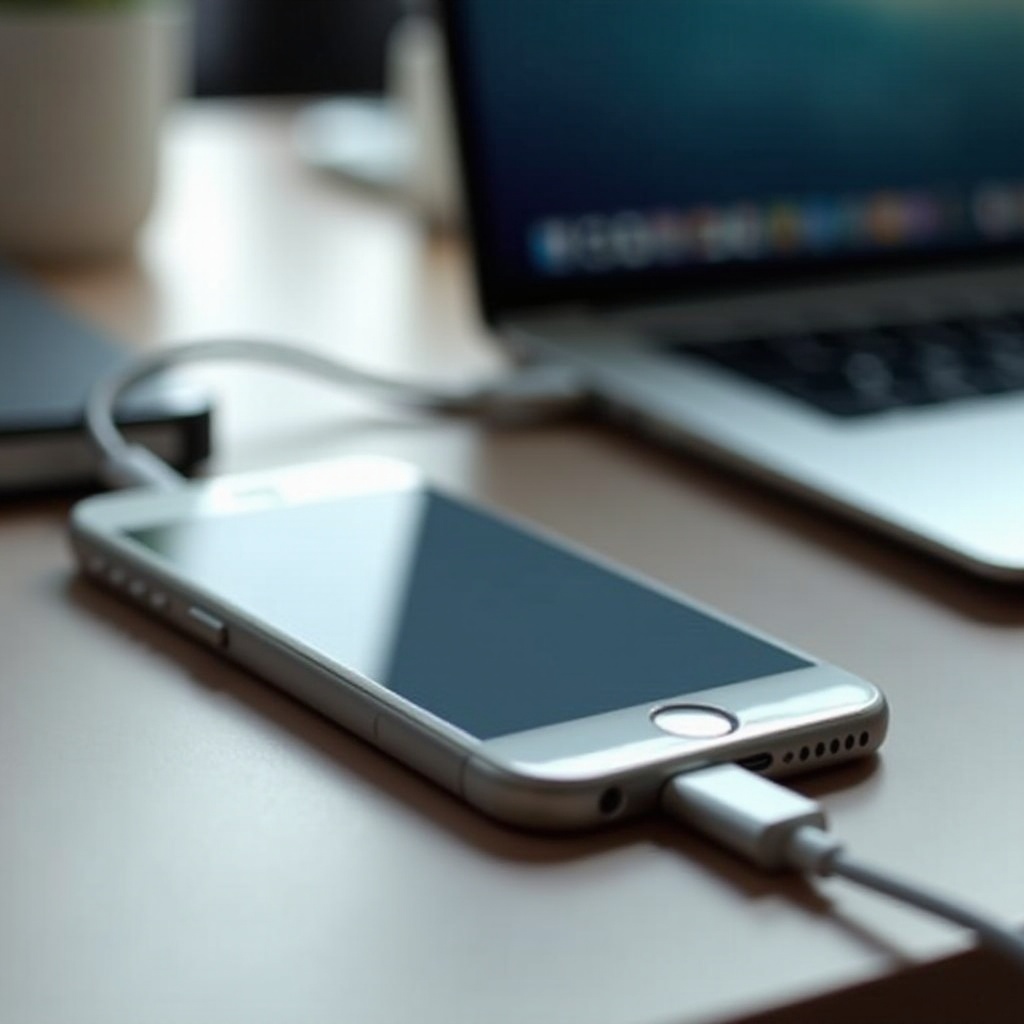How to Use iPhone as USB Storage
Introduction
The iPhone is an incredibly versatile device that extends far beyond making calls or surfing the web. One particularly useful feature many users overlook is its ability to act as a USB storage device. This transforms your iPhone into a convenient, portable storage solution, allowing you to transfer and carry files wherever you go.
Not only does this functionality save space on other devices, but it also leverages the security features inherent to the iPhone. If you’re looking to declutter your digital life or make transferring files between devices more straightforward, read on to learn how to utilize your iPhone as USB storage.

Understanding USB Storage
USB storage devices have become indispensable tools for anyone needing to move or back up files quickly. Typically, these devices are simple flash drives or external hard drives that you plug directly into your computer’s USB port. They are popular because of their high storage capacity, ease of use, and portability.
When you use your iPhone as USB storage, you’re essentially mimicking these traditional USB drives. However, unlike typical flash drives, your iPhone offers additional benefits such as better data security and the ability to manage and organize files directly from your mobile device. This can be immensely beneficial for those who travel frequently, work remotely, or need to quickly shuttle data between multiple locations.
Preparing Your iPhone
Before turning your iPhone into a USB storage device, a few preparatory steps are essential.
Checking Compatibility and Requirements
First, ensure your iPhone is compatible with the applications and processes required. Generally, iPhones running iOS 13 or later will have better support for this functionality. You’ll also need a Lightning USB cable or an appropriate adapter for connection.
Updating Your iPhone
To facilitate smooth operation, make sure your iPhone is running the latest version of iOS. Regular updates not only introduce new features but also fix bugs and security vulnerabilities. Simply go to the ‘Settings’ app, tap ‘General,’ then ‘Software Update’ to check for and install any available updates.
Installing Necessary Apps
To enable USB storage capabilities, specific applications are required. These apps will help you manage and transfer files between your iPhone and other devices effortlessly.
Recommended Apps
Several apps can transform your iPhone into a versatile USB drive. Here are some of the best:
- FileApp: This app allows you to transfer files, manage documents, and organize your iPhone storage easily.
- Documents by Readdle: Known for its user-friendly interface, this app offers wide compatibility with various file types and cloud storage services.
- iFiles: With robust features like file compression and password protection, iFiles is excellent for both personal and professional use.
Setting Up the Apps
- Download the App: Head to the App Store and download one of the recommended file management apps.
- Open the App: Launch the app and follow the setup instructions, granting necessary permissions where required.
- Connect to PC/Mac: Connect your iPhone to your computer using a Lightning USB cable. The app will often prompt for user authorization.
- Transfer Files: Use the app’s interface to drag and drop files between your computer and iPhone.
Transferring Data Between iPhone and PC
Once your iPhone is prepped with the necessary applications, transferring data becomes straightforward. Let’s look at some common methods.
Using iTunes
- Connect iPhone to PC: Use a Lightning USB cable.
- Open iTunes: If it doesn’t open automatically, launch it manually.
- Select Device: Click the device icon.
- Share Files: Navigate to the ‘File Sharing’ section and drag and drop files.
Using iCloud Drive
- Enable iCloud Drive: On your iPhone, go to ‘Settings,’ tap on your name, select ‘iCloud,’ and turn on ‘iCloud Drive.
- Access iCloud on PC: Open the iCloud Drive on your computer or use the web version.
- Transfer Files: Drag files into iCloud Drive to access them on your iPhone and vice versa.
Using Third-Party Apps
- Install App on PC: Download the corresponding desktop app for the third-party app you installed on your iPhone.
- Connect Devices: Open the app on both your PC and your iPhone.
- Transfer Files: Follow the app’s interface to share files between your devices.
Managing and Organizing Files
Having your files transferred is just the beginning. Proper management and organization can help keep your storage efficient and accessible.
Accessing Files on iPhone
- Open the File Management App: Launch your chosen file management app.
- Browse Files: Navigate through the folders and files arranged by the app.
Organizing and Deleting Files
- Create Folders: Keep related files together by creating new folders.
- Rename Files: Use clear, descriptive names to make files easily searchable.
- Delete Unnecessary Files: Regularly remove files you no longer need to free up space.

Additional Tips and Security Measures
Securing your data is crucial, particularly when your iPhone is doubling up as a USB storage device.
Protecting Your Data
- Use Encryption: Many file management apps offer encryption – ensure it’s enabled.
- Set Passwords: Secure sensitive files with passwords.
Backup Solutions
Regular backups are vital to ensure you don’t lose important files. Utilize iCloud Backup or another cloud service for extra security.

Conclusion
Using your iPhone as a USB storage device is a convenient and secure way to manage files on the go. By understanding the required steps and utilizing the right apps, you can seamlessly transfer, manage, and secure your data. Turn your iPhone into a powerful storage hub and streamline your digital life.
Frequently Asked Questions
Can I use my iPhone as USB storage without internet?
Yes, direct file transfers between your iPhone and a computer using a USB cable don’t require an internet connection.
Which iPhones are compatible for use as USB storage?
iPhones running iOS 13 or later generally support this functionality, though newer models will offer better performance and features.
Are there any risks associated with using my iPhone as USB storage?
While it’s relatively safe, always use trustworthy apps and ensure devices are virus-free to minimize risks. Regularly backup important files to avoid data loss.

